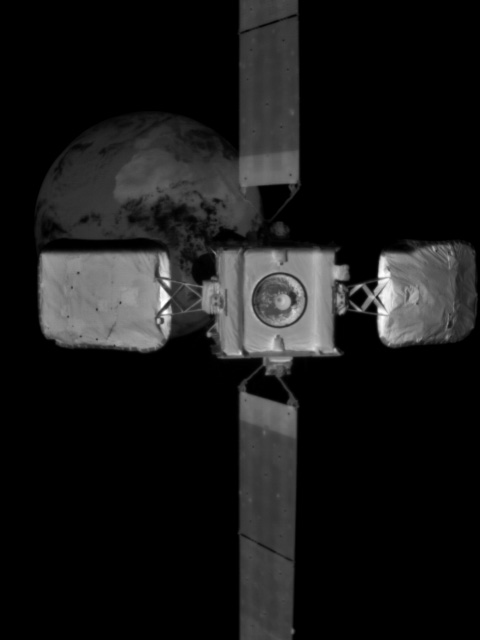UAE hires Japanese company as partner for its ’22 lunar rover mission
Capitalism in space: The United Arab Emirates (UAE) has chosen the private Japanese company Ispace to provide the lander bringing its Rashid rover to the Moon in 2022.
ispace’s 240 kg lander is 2.3 meters tall and 2.6 meters wide. It will be launched by SpaceX, Elon Musk’s rocket company, on a Falcon 9 rocket. Once the iSpace lander is placed in the Earth’s orbit, it will travel to the moon on its own, land and unload the rover.
The lander will use solar panels for power, which will also allow the rover to communicate with Earth. It will also carry a solid-state battery made by NGK Spark Plug, which intends to examine its battery’s lunar performance.
This UAE project is similar but a step up from its Al-Amal Mars orbiter. In that case UAE used its money to have the orbiter mostly built by U.S. universities as they taught UAE’s students how to do it. In this case, UAE engineers appear to be building the rover itself, with the purchased help of others to provide the lander..
Capitalism in space: The United Arab Emirates (UAE) has chosen the private Japanese company Ispace to provide the lander bringing its Rashid rover to the Moon in 2022.
ispace’s 240 kg lander is 2.3 meters tall and 2.6 meters wide. It will be launched by SpaceX, Elon Musk’s rocket company, on a Falcon 9 rocket. Once the iSpace lander is placed in the Earth’s orbit, it will travel to the moon on its own, land and unload the rover.
The lander will use solar panels for power, which will also allow the rover to communicate with Earth. It will also carry a solid-state battery made by NGK Spark Plug, which intends to examine its battery’s lunar performance.
This UAE project is similar but a step up from its Al-Amal Mars orbiter. In that case UAE used its money to have the orbiter mostly built by U.S. universities as they taught UAE’s students how to do it. In this case, UAE engineers appear to be building the rover itself, with the purchased help of others to provide the lander..









